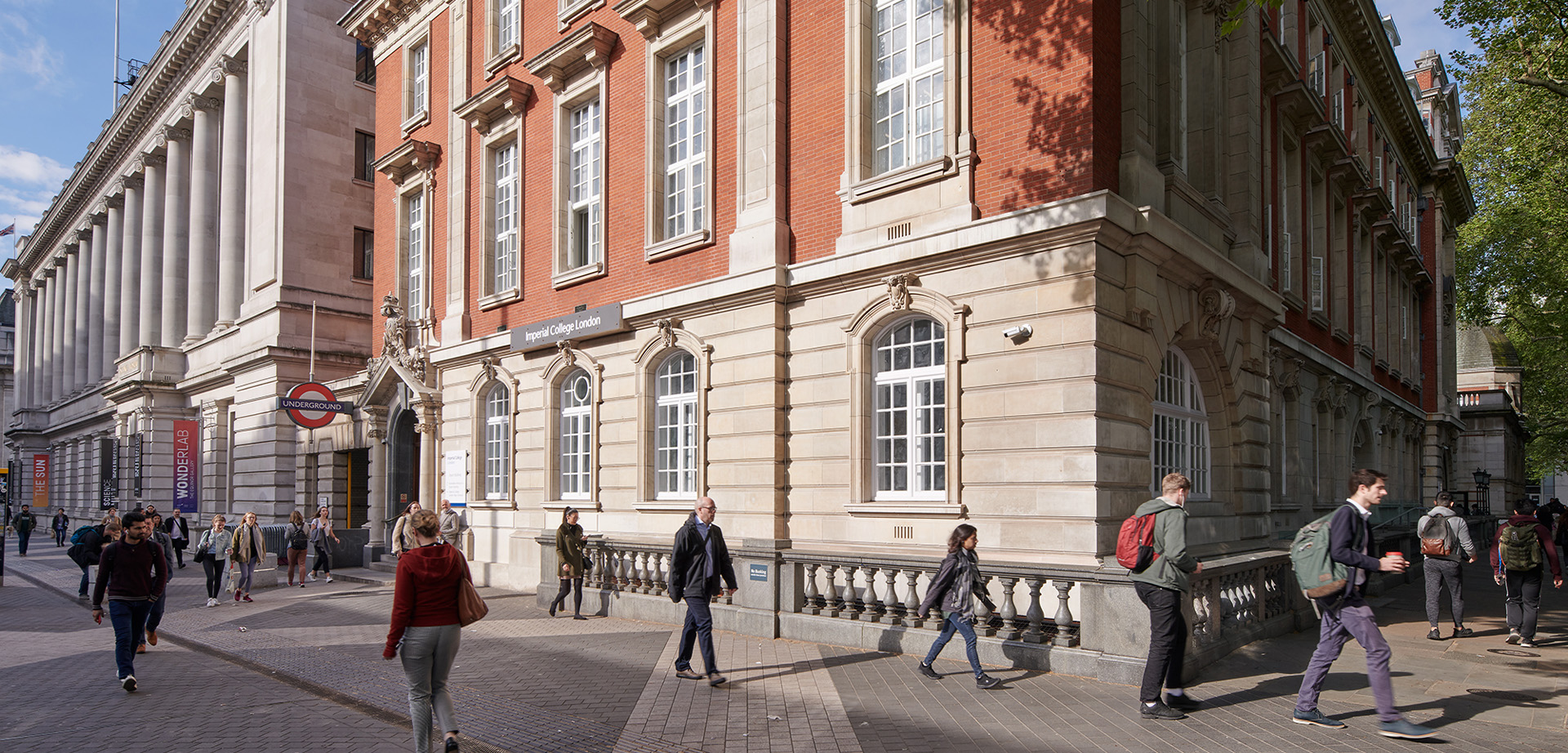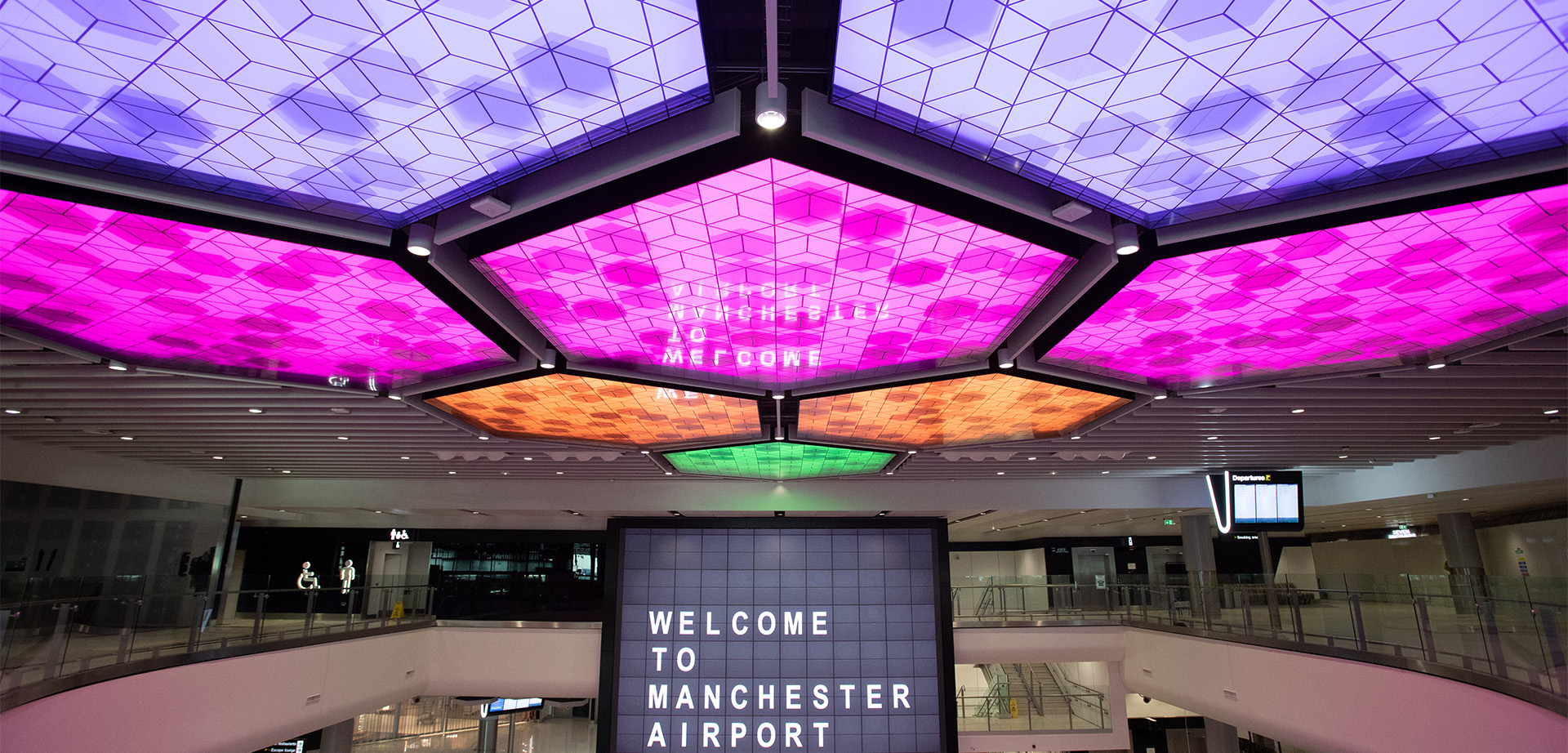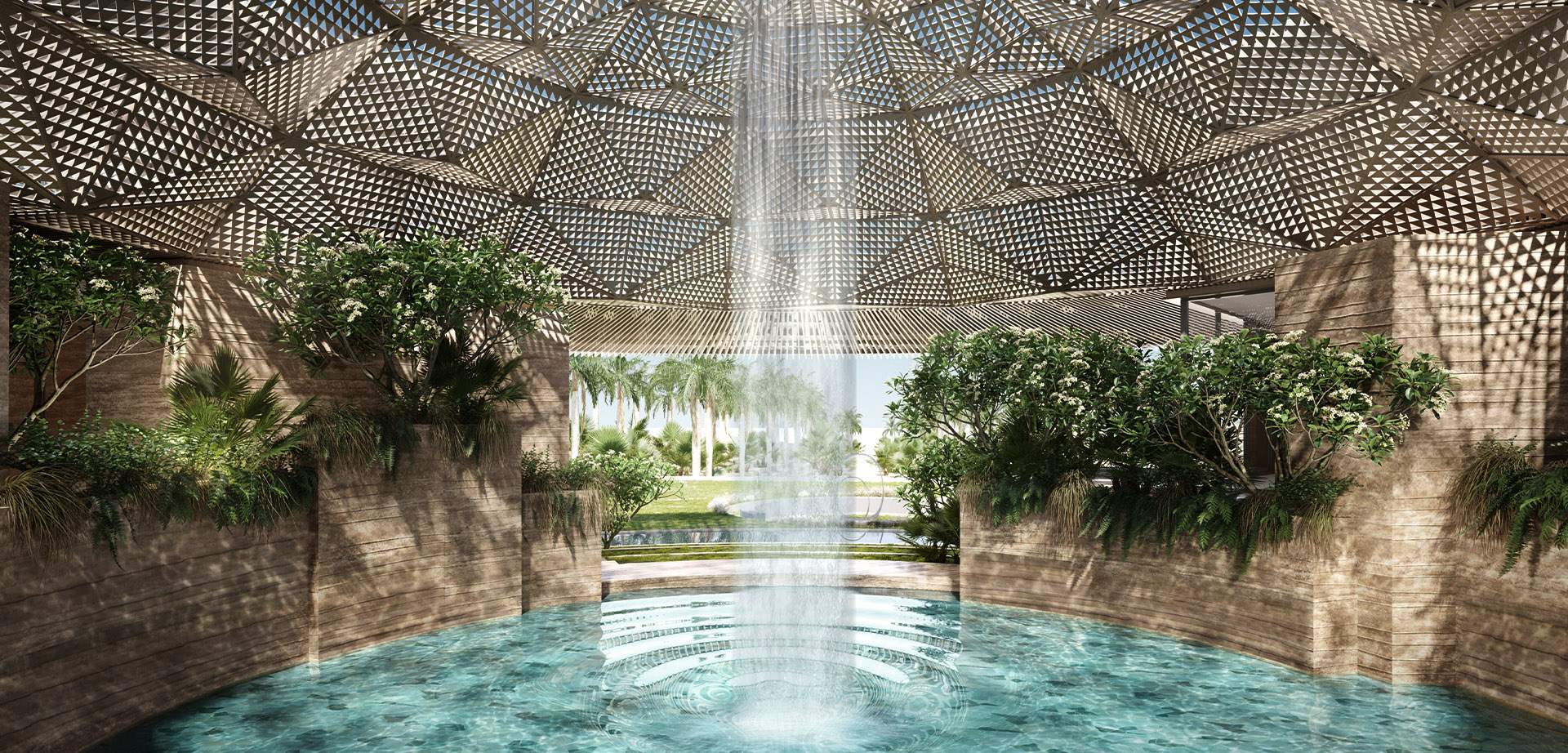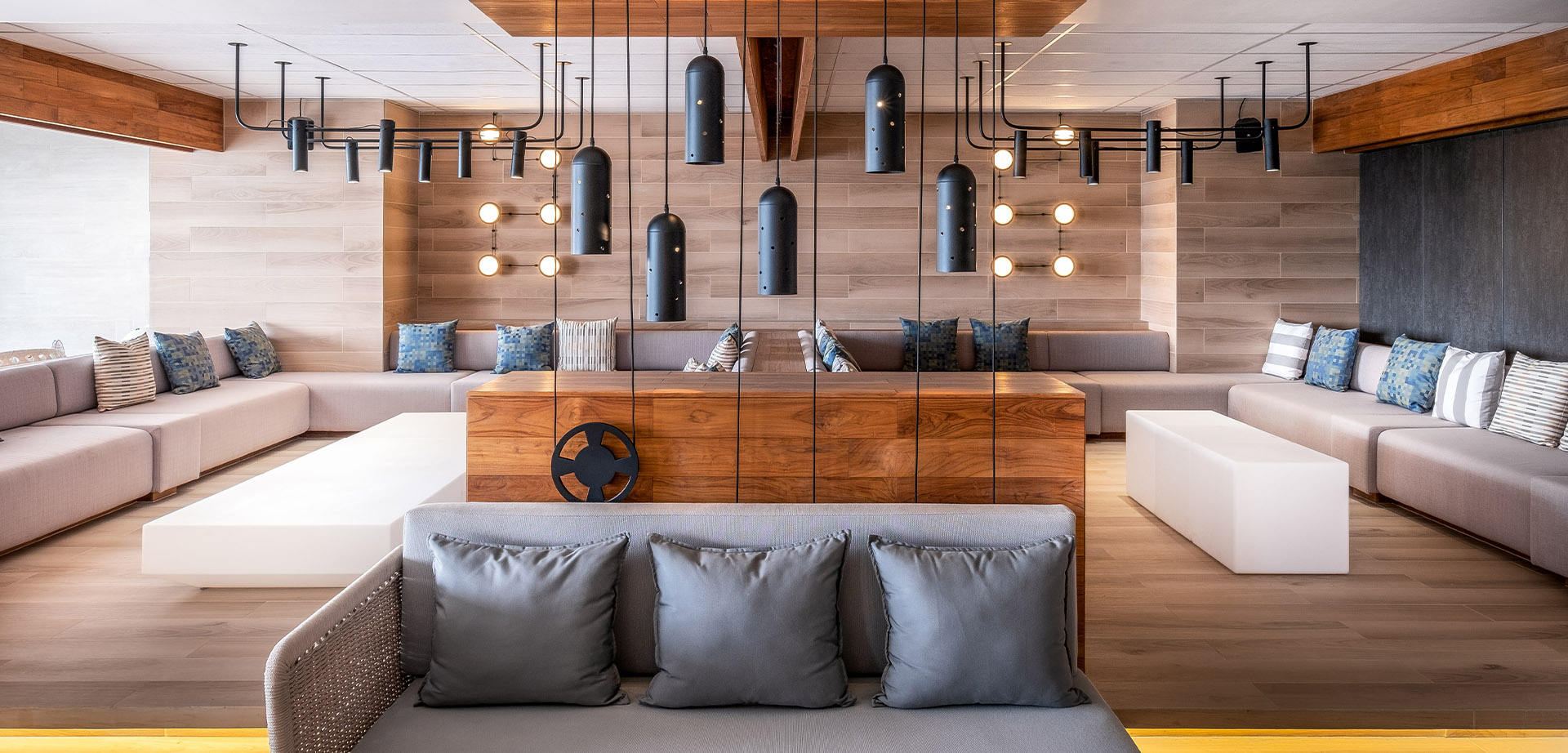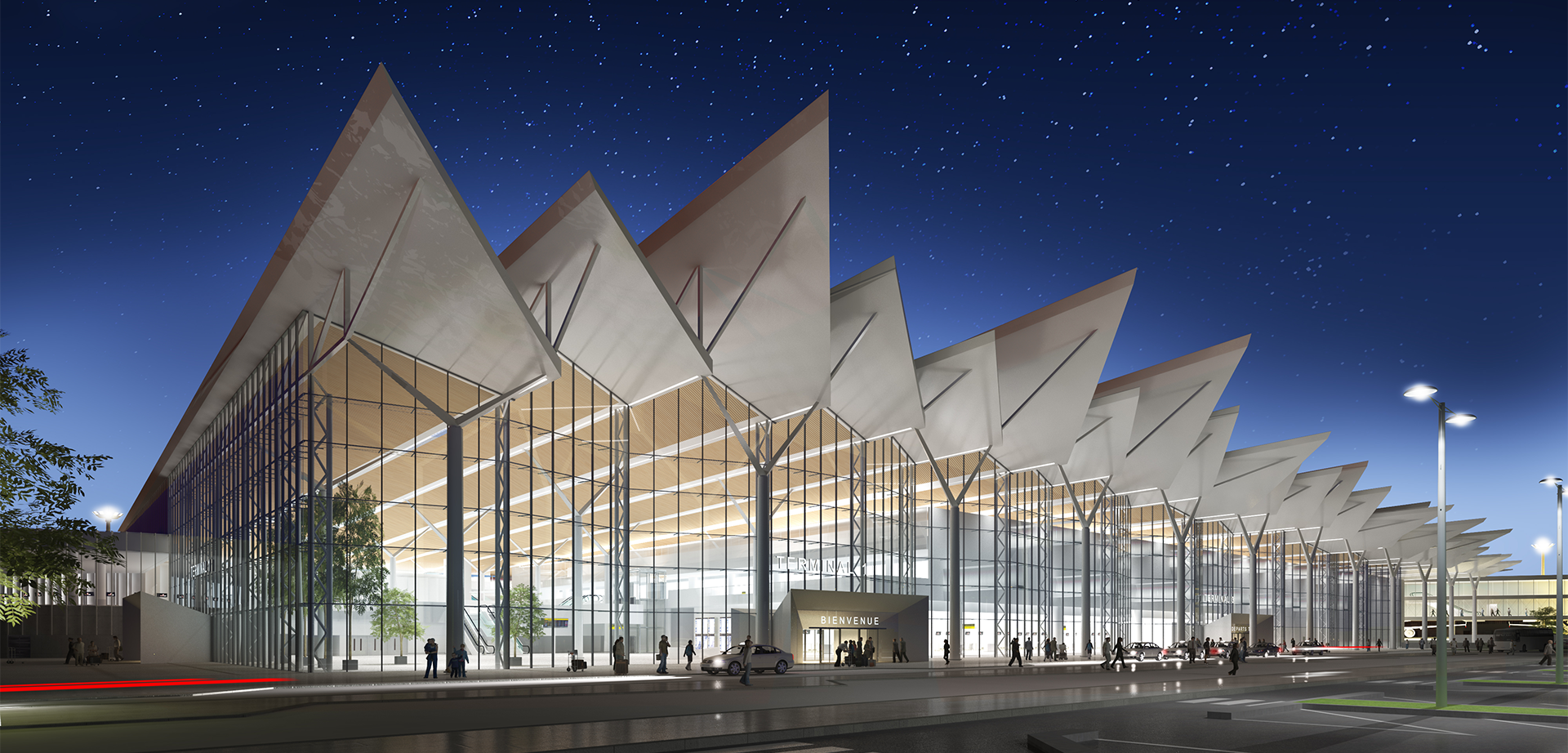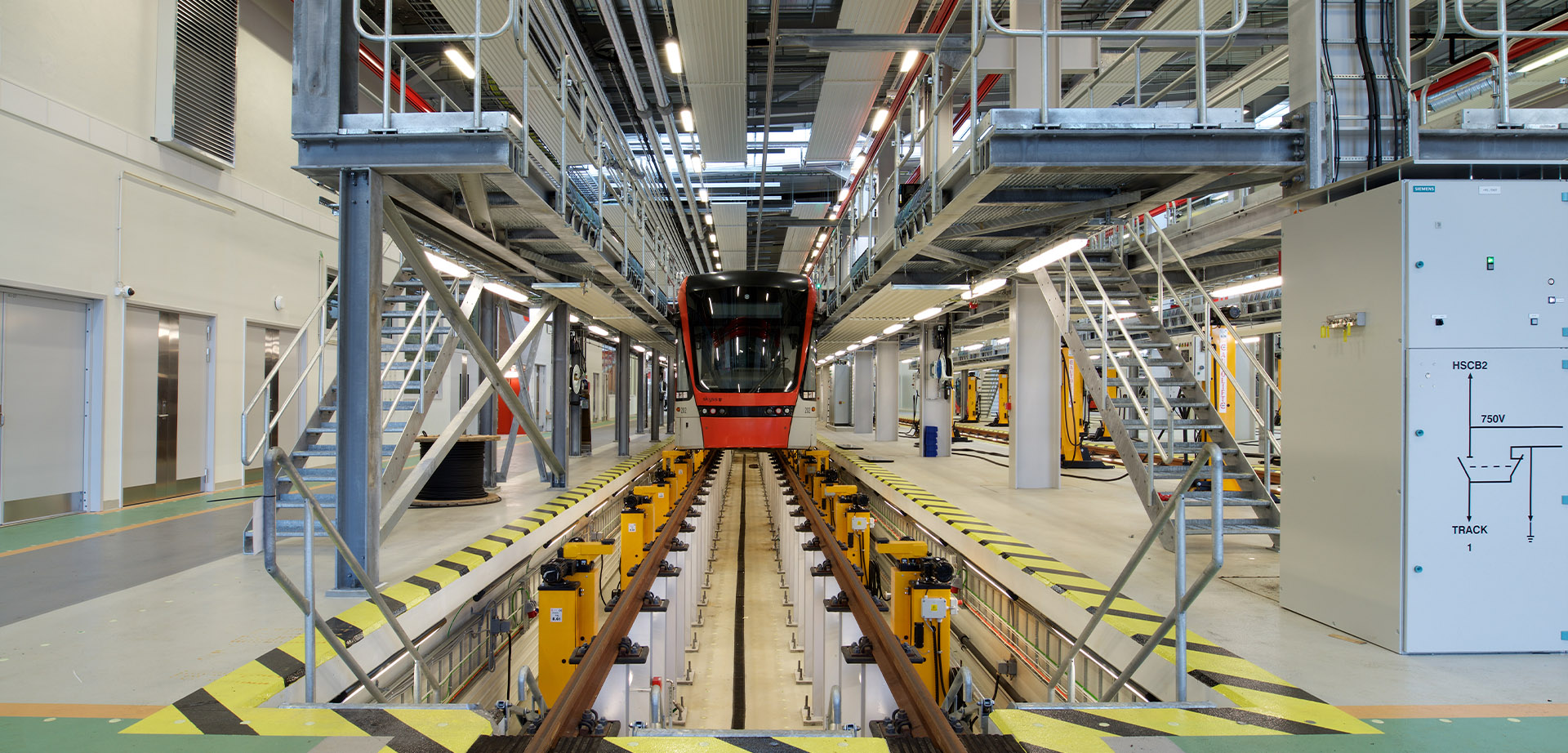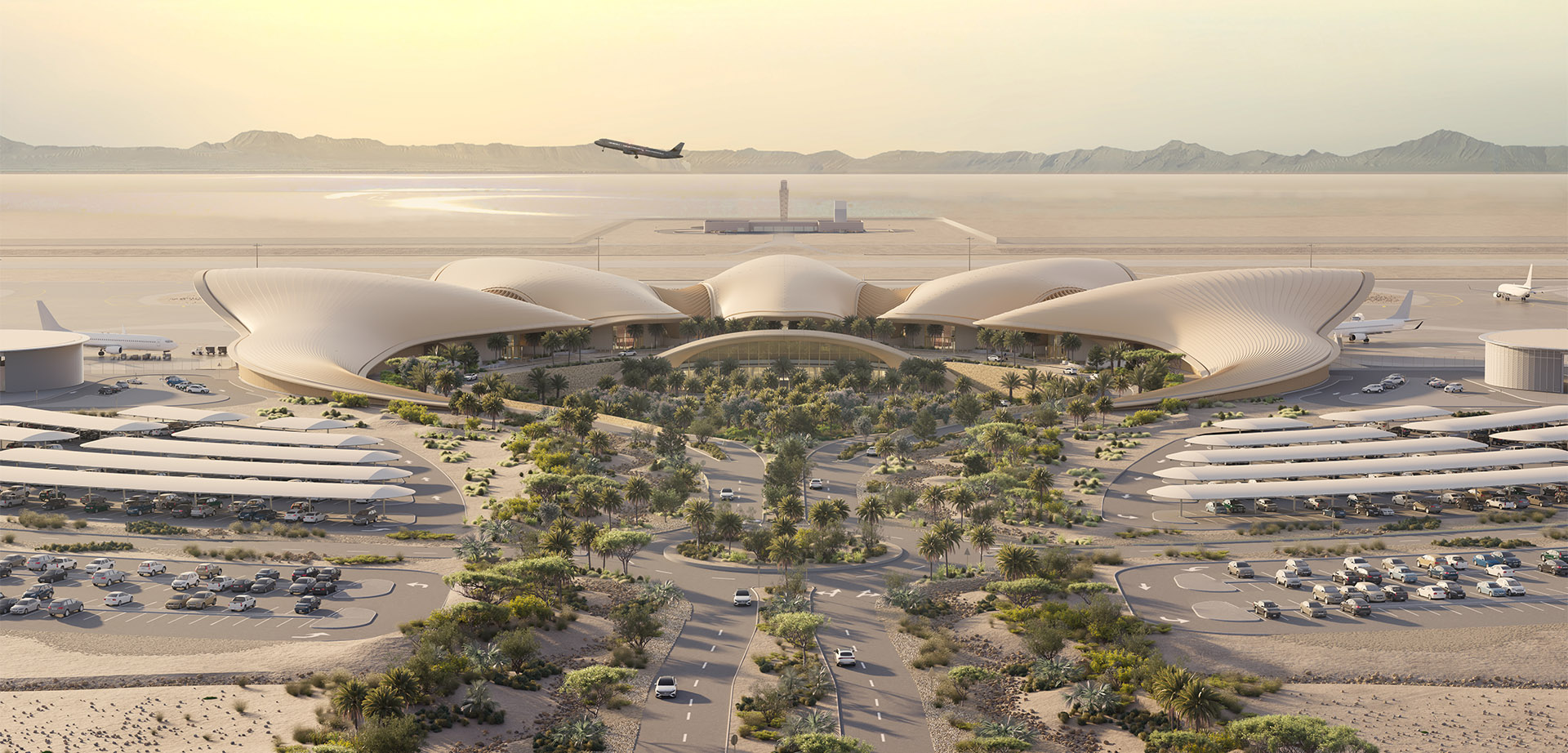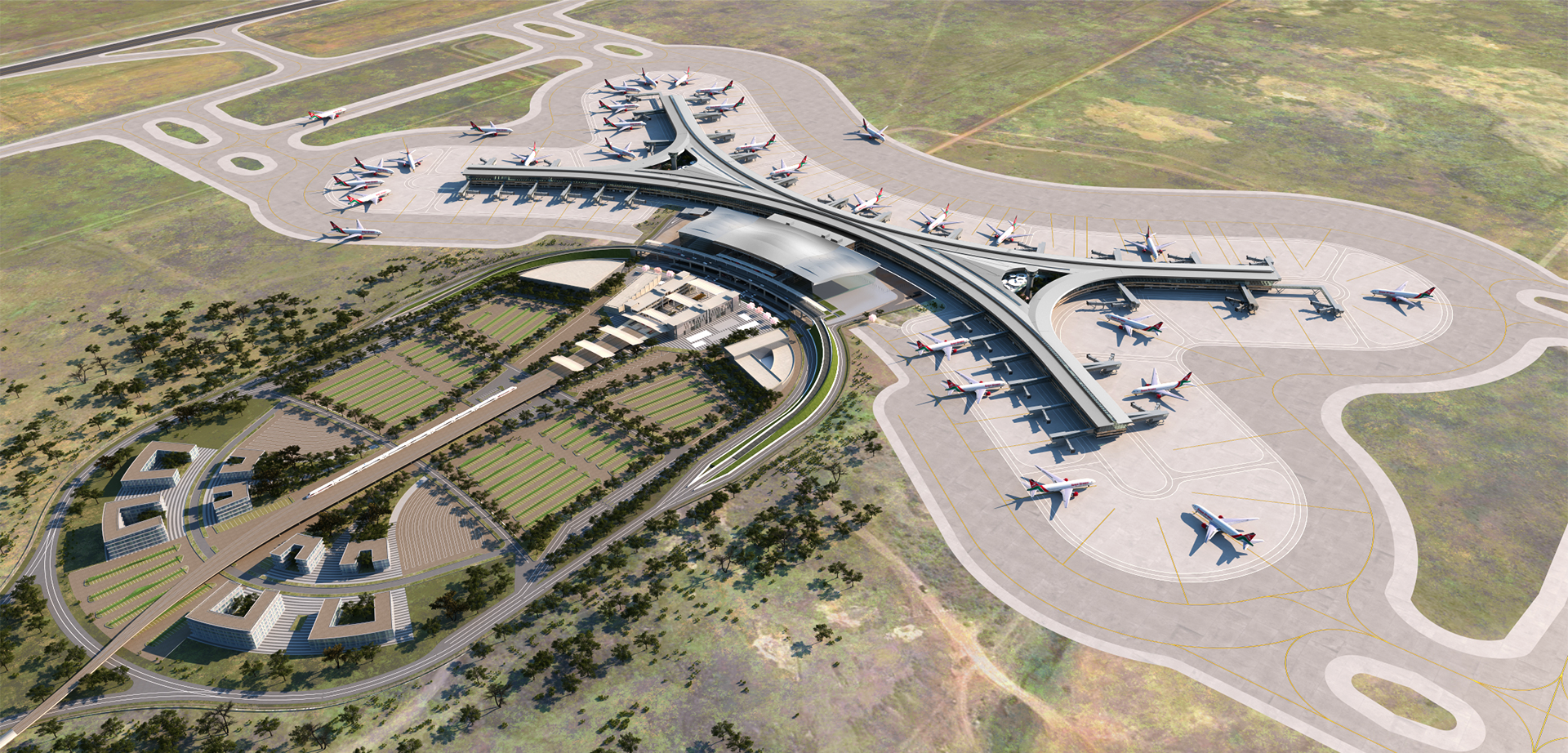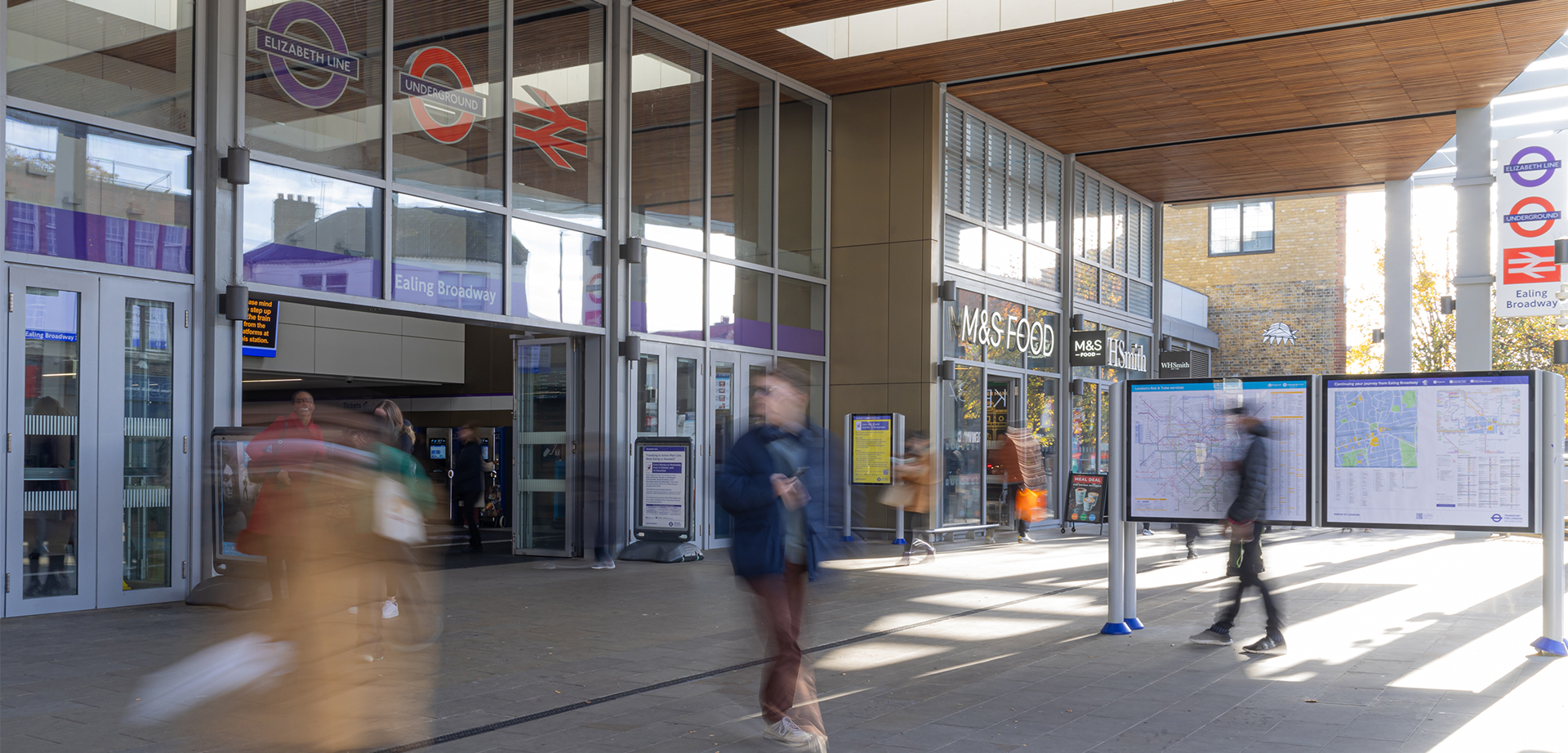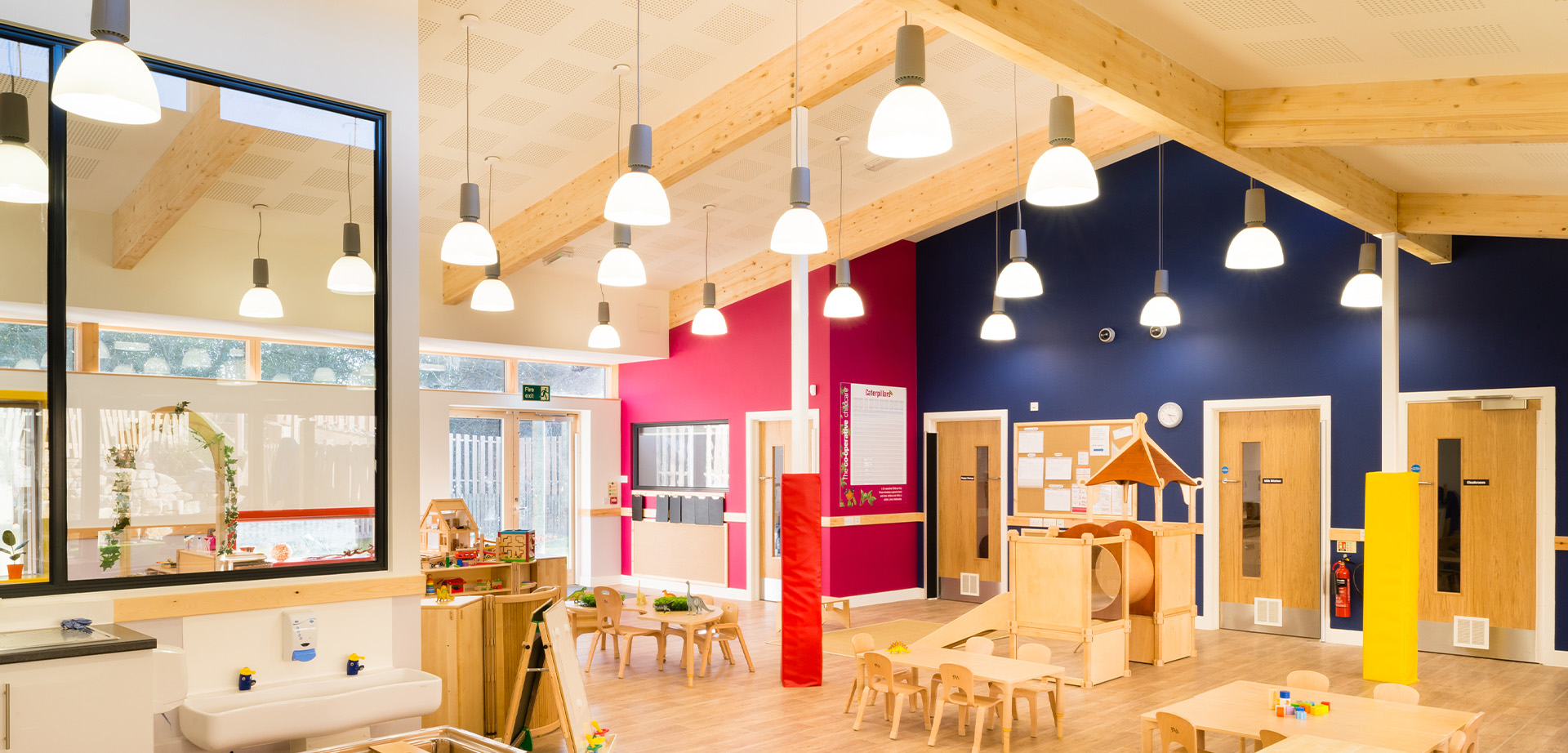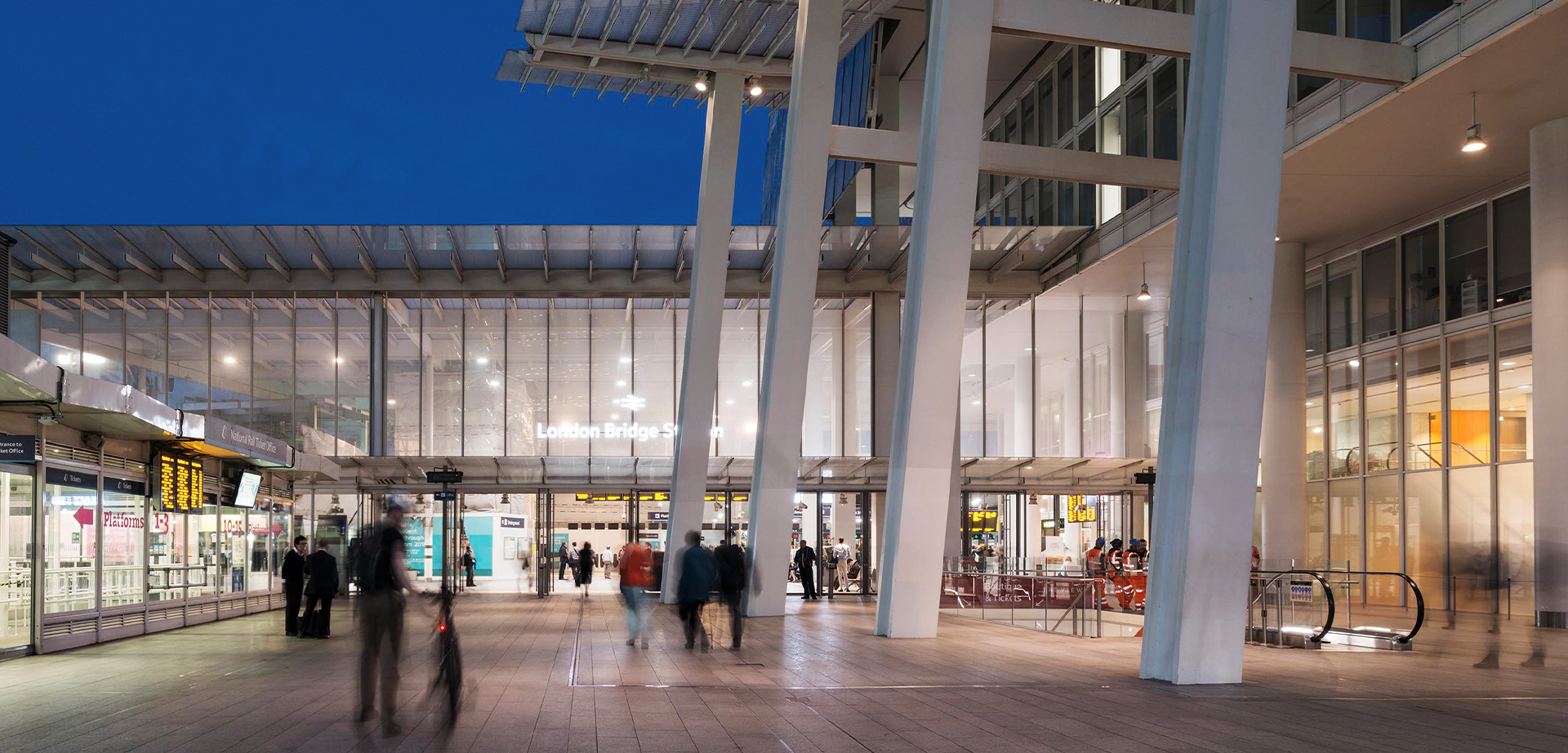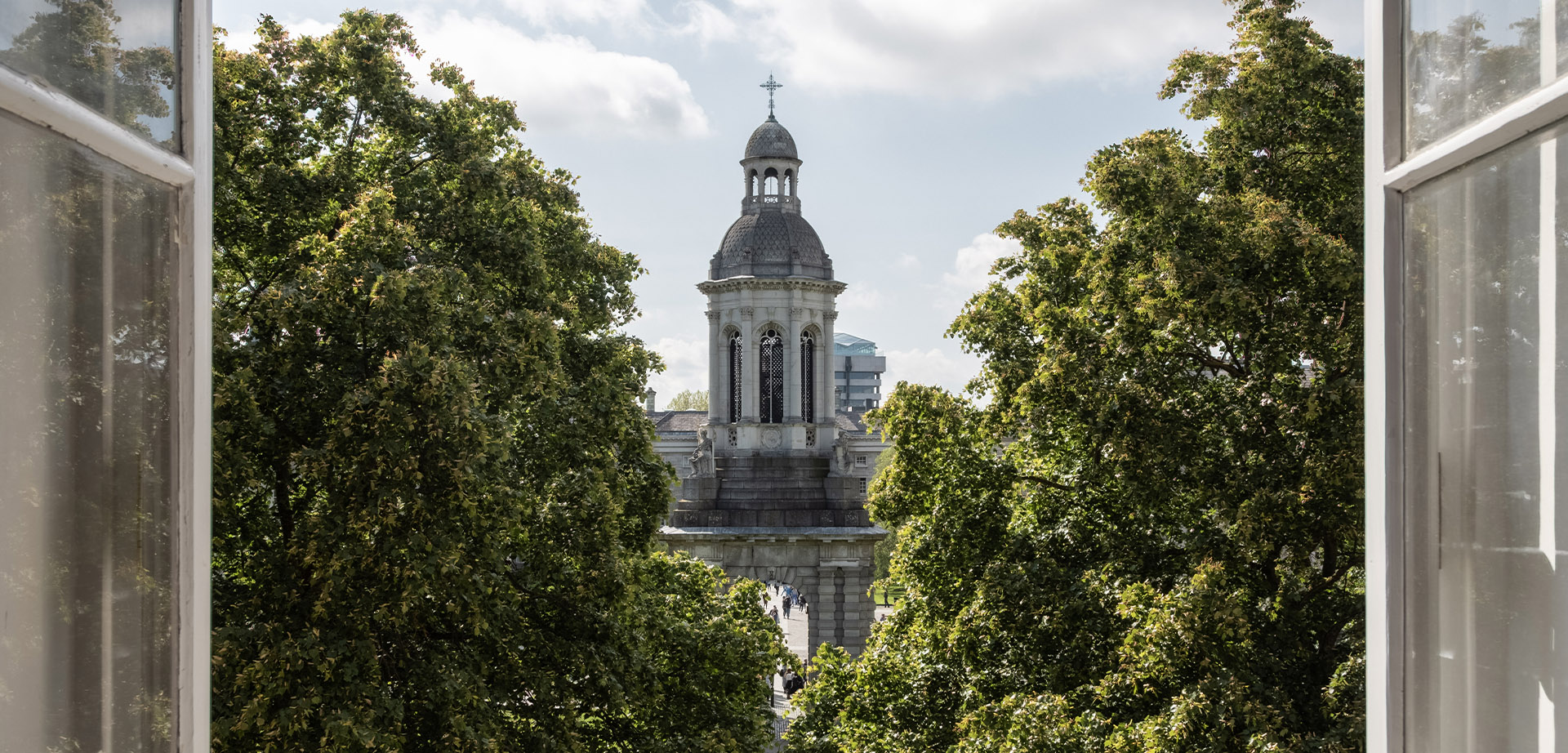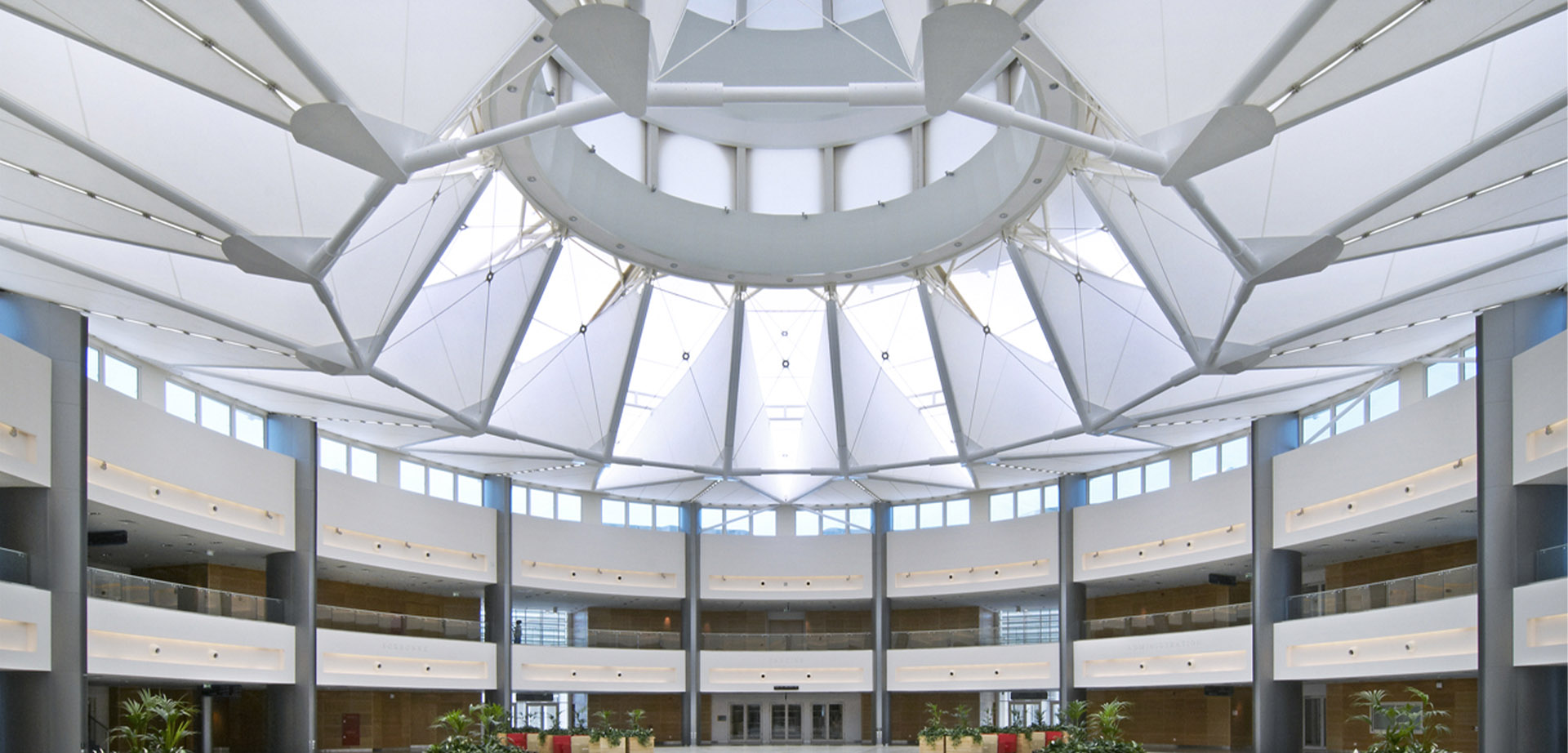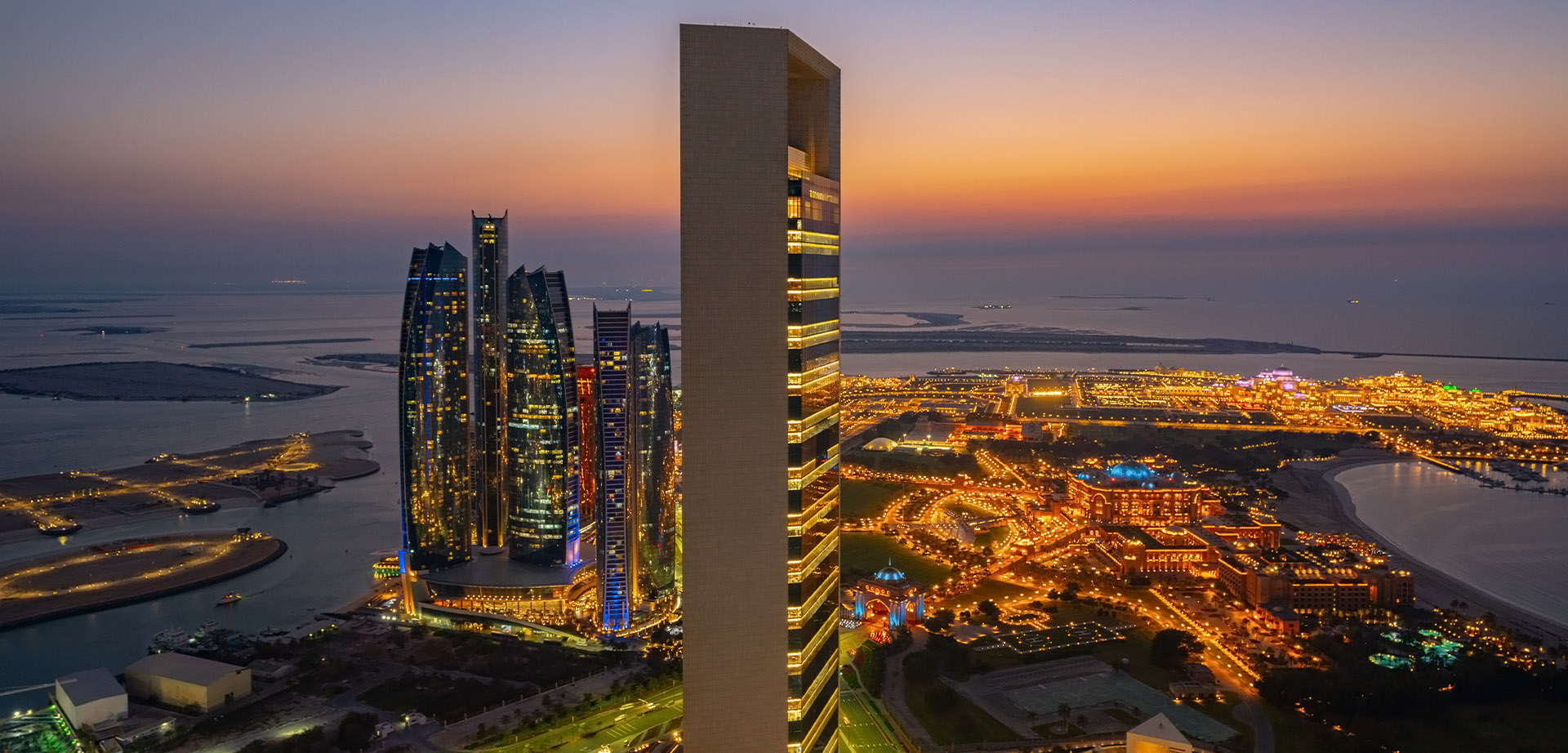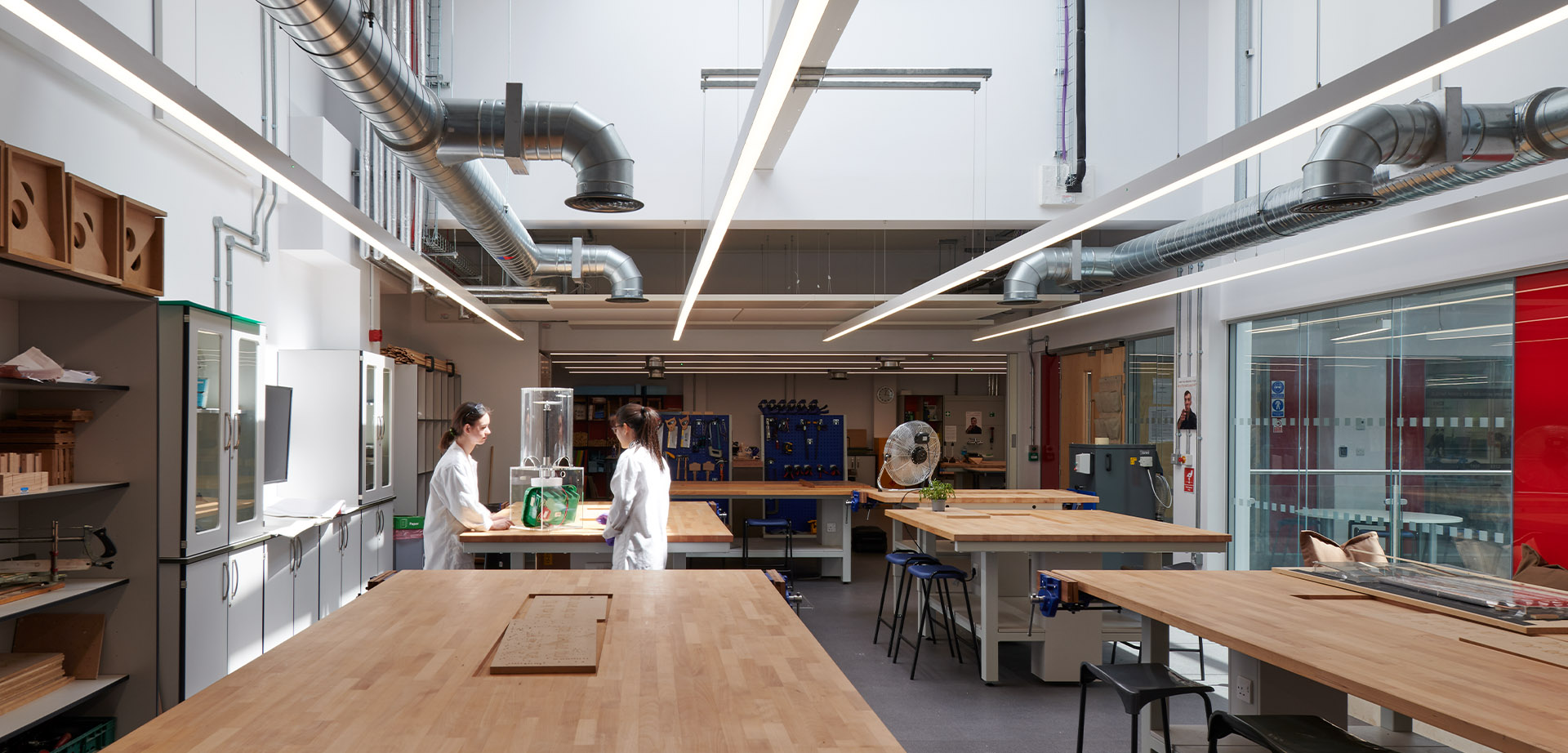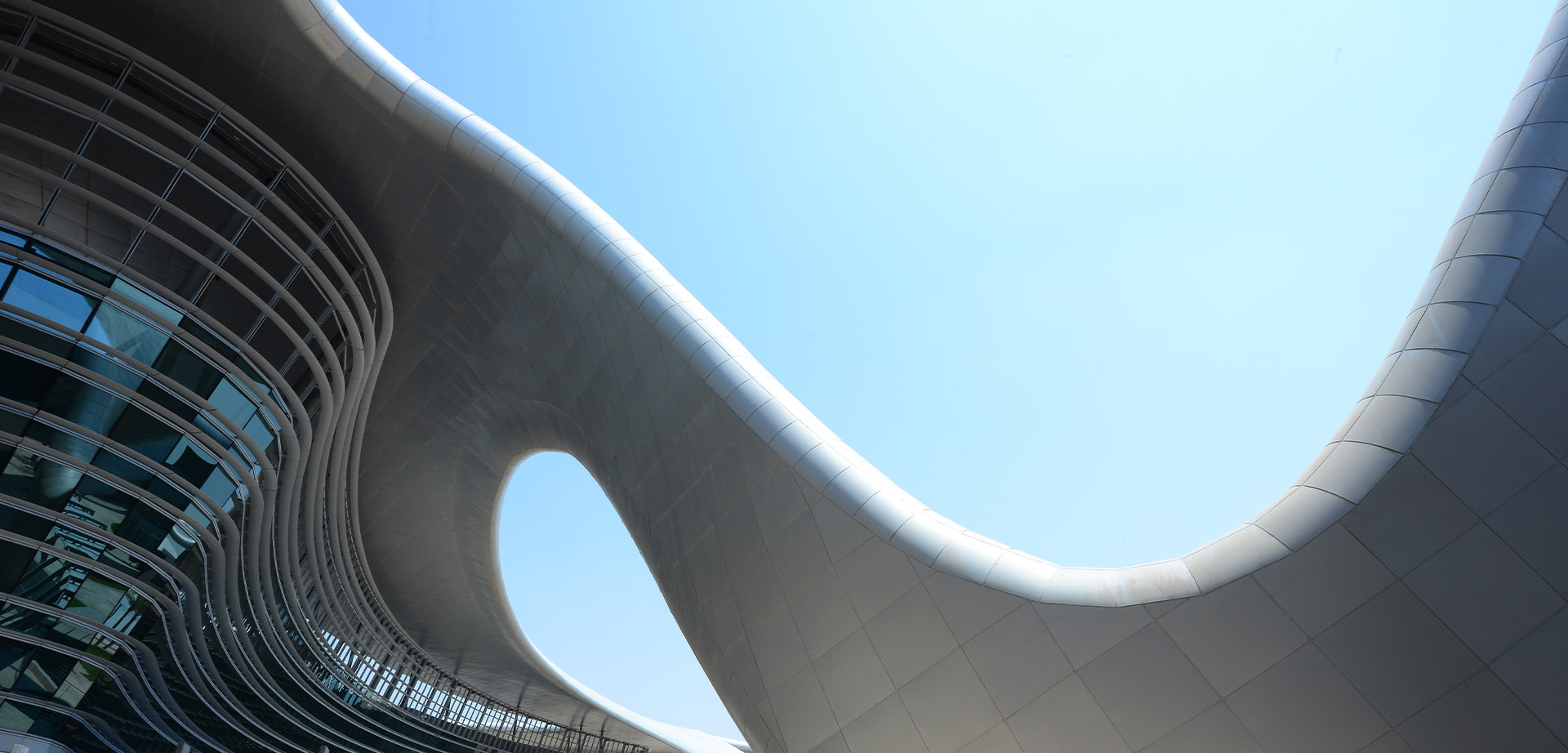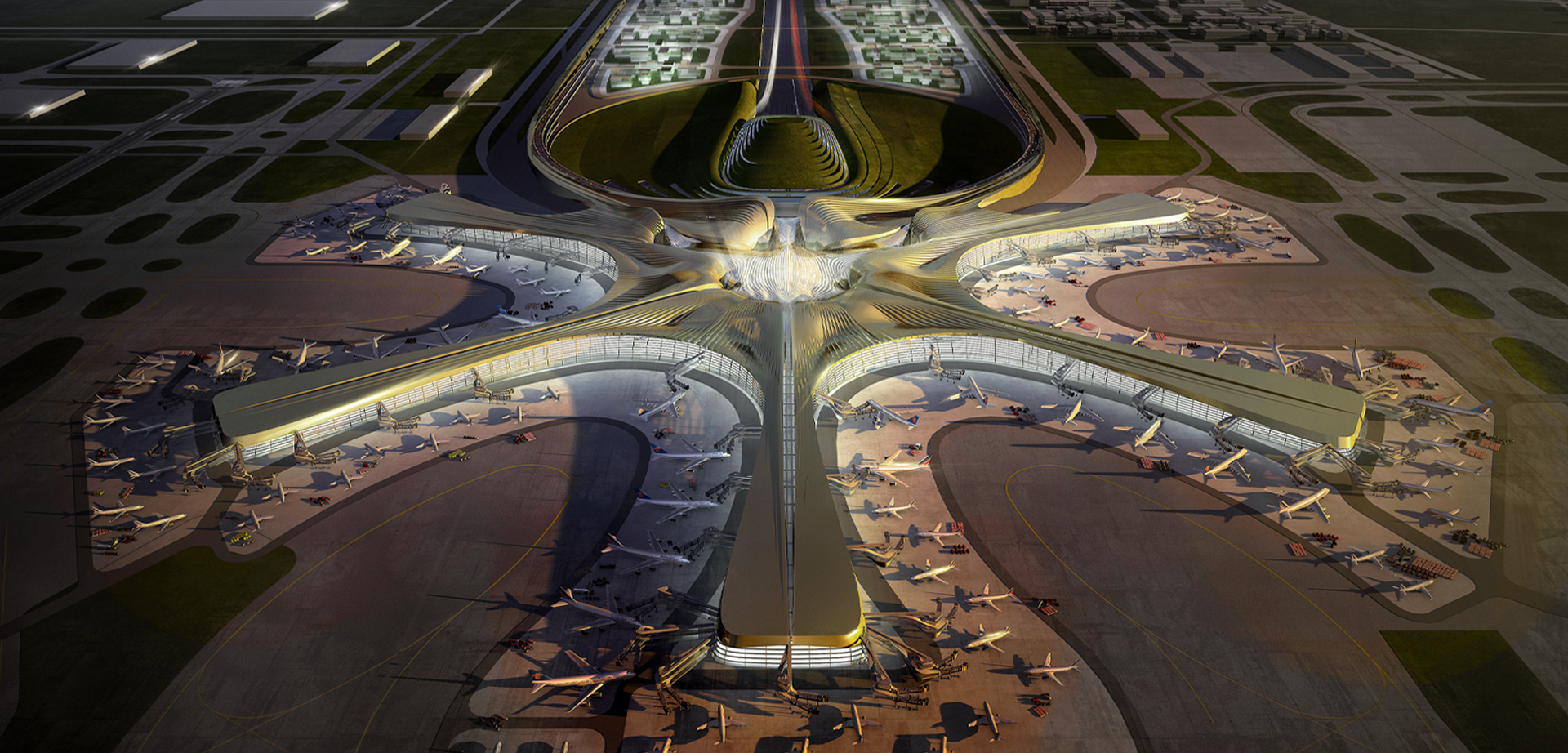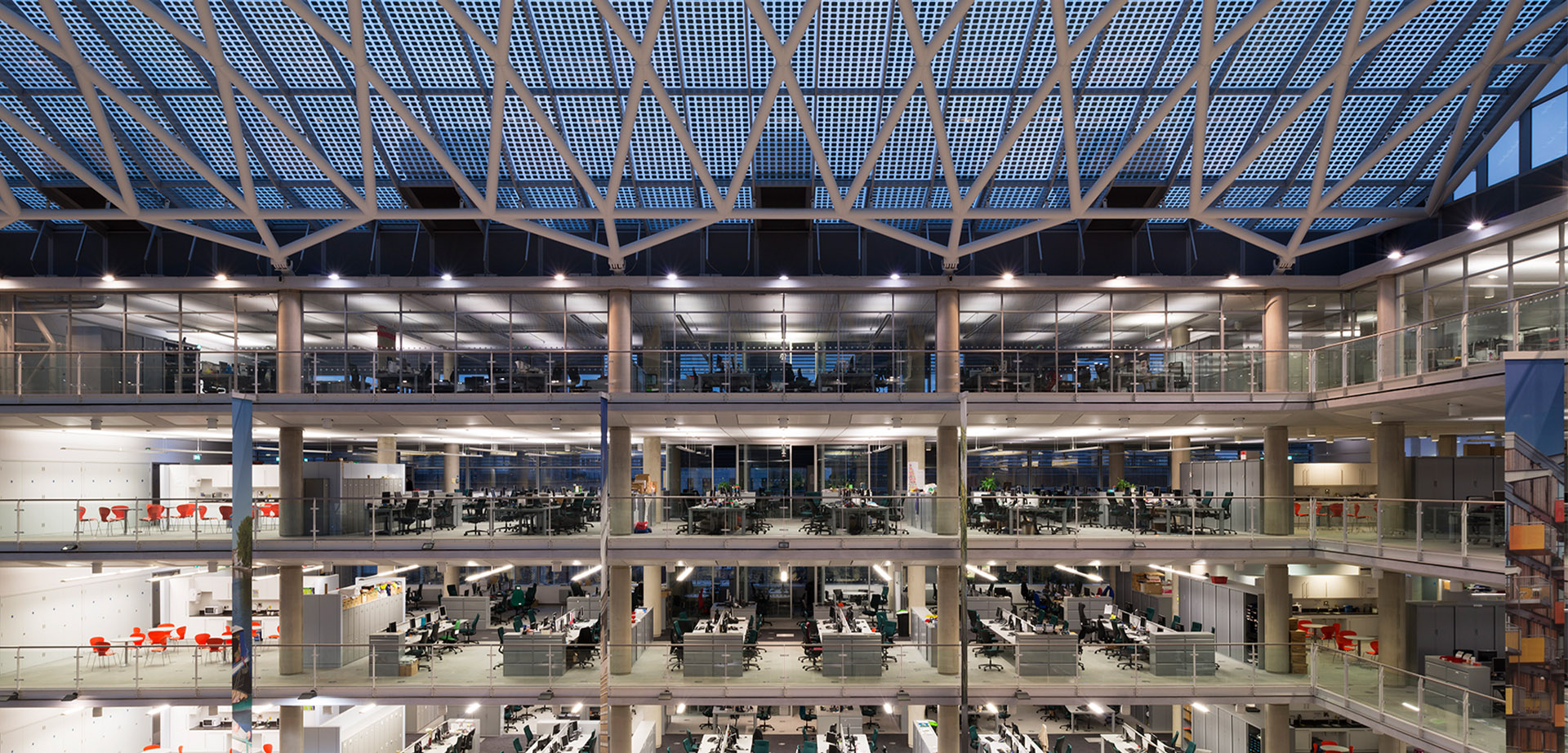PRINCE MOHAMMAD BIN ABDULAZIZ INTERNATIONAL AIRPORT
THE TERMINAL FOR THE SECOND HOLY CITY OF ISLAM
Our successful design for this international competition to design the new Prince Mohammed Bin Abdulaziz International Airport offered a flexible terminal capable of delivering a comfortable, efficient, and high-quality experience during both small regular scheduled operations and the large-scale pilgrimage associated with the annual Hajj pilgrimage.
The project included the masterplan and terminal design for a facility serving scheduled international and domestic passengers, as well as the largest single movement of people on Earth during the Hajj. The design had to balance the needs of regular operations for 10 months of the year with the immense logistical challenge of managing millions of passengers during the peak 24-hour periods at the start and end of Hajj period.
Pascall+Watson’s competition-winning design (now amended as delivered on-site) for the airport addresses the logistical challenges that the Hajj brings and captures a cultural resonance suited to its purpose. The airport takes its inspiration both from the form of the indigenous palm, which in the desert means water and life and so is symbolic of hope, sanctuary, hospitality and welcome, but also the hypostyle spatial format of the Islamic mosque typology.
The design represents one of the most significant modern developments in Madinah, revered as Islam’s second holy city. It offers all passengers and pilgrims a premium experience, embodying the values of Islam, the Kingdom of Saudi Arabia, and the unique character of the Hijaz region.
“The real challenge of Madinah was to design an efficient mechanism for managing the disparity between scheduled and Hajj populations. The consortium demanded value whilst also accommodating extremes that almost no other airport terminals in the world need to manage. PMAIA is testament to our capacity to not only understand entirely new functional and cultural contexts, but to exceed client expectations and ensure commercial success through design.”


